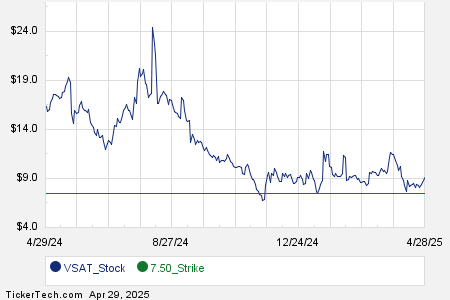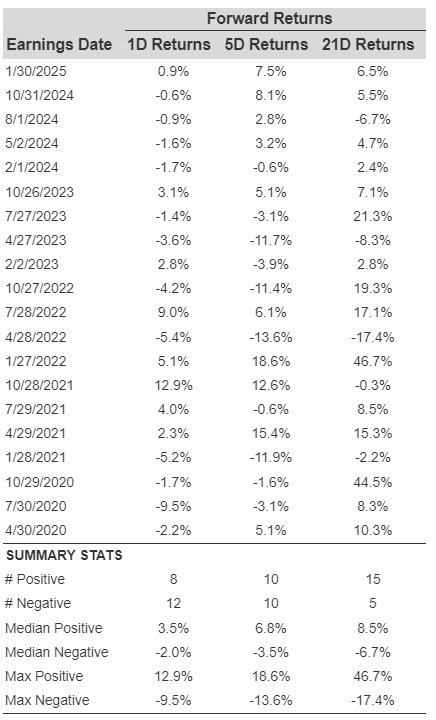Cocoa Prices Show Mixed Trends Amid Supply Concerns
On Tuesday, July ICE NY cocoa (CCN25) closed down by -51 (-0.57%), while May ICE London cocoa #7 (CAK25) increased by +27 (+0.43%). Cocoa prices exhibited a mixed performance, influenced by a negative carryover from Monday’s news. Bloomberg reported that Nigerian March cocoa exports surged +24% year-on-year to 27,564 metric tons, as Nigeria stands as the world’s fifth-largest cocoa producer.
Despite the pressure, London cocoa prices recovered from early losses, thanks to a weakening British pound (^GBPUSD), which fell by -0.32% on Tuesday. This weakness led to short-covering in London cocoa, as cocoa prices are quoted in terms of sterling.
Cocoa Inventory Rebound: A Bearish Signal
A recent increase in cocoa inventories is creating a bearish outlook for prices. After hitting a 21-year low of 1,263,493 bags on January 24, ICE-monitored cocoa stocks in U.S. ports have rebounded to a 6.5-month high of 1,987,423 bags as of Monday.
Last Friday, NY cocoa reached a 2.25-month high driven by supply uncertainties, as Ivory Coast cocoa exports slowed. According to government data released on Monday, farmers in the Ivory Coast have shipped 1.5 million metric tons of cocoa to ports between October 1 and April 27, reflecting a +12% increase from the previous year but a decrease from a +35% rise seen in December.
Global Cocoa Demand Shows Unexpected Resilience
Cocoa prices also benefitted from recent reports indicating stronger-than-anticipated global cocoa demand. In the first quarter, North American cocoa grindings fell -2.5% year-on-year to 110,278 metric tons, which was better than the expected decline of at least -5%. Similarly, European cocoa grindings decreased by -3.7% year-on-year to 353,522 metric tons, and Asian cocoa grinding saw a slight drop of -3.4% year-on-year to 213,898 metric tons, both of which were smaller declines than projected.
Concerns About Ivory Coast Mid-Crop
The upcoming mid-crop in the Ivory Coast raises concerns, particularly as Rabobank notes that insufficient late-season rainfall has hindered crop development. Recent surveys among cocoa farmers in both the Ivory Coast and Ghana have yielded disappointing results. Typically, the mid-crop is the smaller of the two annual harvests, expected to commence this month. Current estimates for this year’s mid-crop stand at 400,000 metric tons, reflecting a -9% reduction from last year’s 440,000 metric tons.
Market Challenges and Forecasts
Earlier this month, NY cocoa reached a one-month low, while London cocoa fell to a five-month low due to concerns about diminishing consumer demand amid escalating global trade tensions and tariffs that are straining already high cocoa prices. Notably, on April 10, Barry Callebaut AG, among the world’s largest chocolate manufacturers, lowered its sales forecasts in response to these high cocoa prices and uncertainties surrounding tariffs.
In a bearish forecast, the International Cocoa Organization (ICCO) predicted a global cocoa surplus of 142,000 metric tons for the 2024/25 season—marking the first surplus in four years. They also projected a +7.8% year-on-year increase in global cocoa production, climbing to 4.84 million metric tons.
Meanwhile, smaller cocoa harvest expectations from Ghana, the world’s second-largest cocoa supplier, contribute to price support. In December, Ghana’s cocoa regulator, Cocobod, reduced its 2024/25 cocoa harvest forecast by -5% to 617,500 metric tons from an earlier estimate of 650,000 metric tons.
The ICCO reported on February 28 that the 2023/24 global cocoa deficit is -441,000 metric tons, representing the largest shortfall in over 60 years. For this period, cocoa production dropped by -13.1% year-on-year to 4.38 million metric tons, resulting in a stocks-to-grindings ratio of 27.0%—the lowest in 46 years.
On the date of publication, Rich Asplund did not hold (either directly or indirectly) positions in any of the securities mentioned in this article. All information provided is solely for informational purposes. For further details, please view the Barchart Disclosure Policy.
here.
The views and opinions expressed herein belong to the author and do not necessarily reflect those of Nasdaq, Inc.


